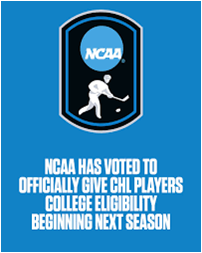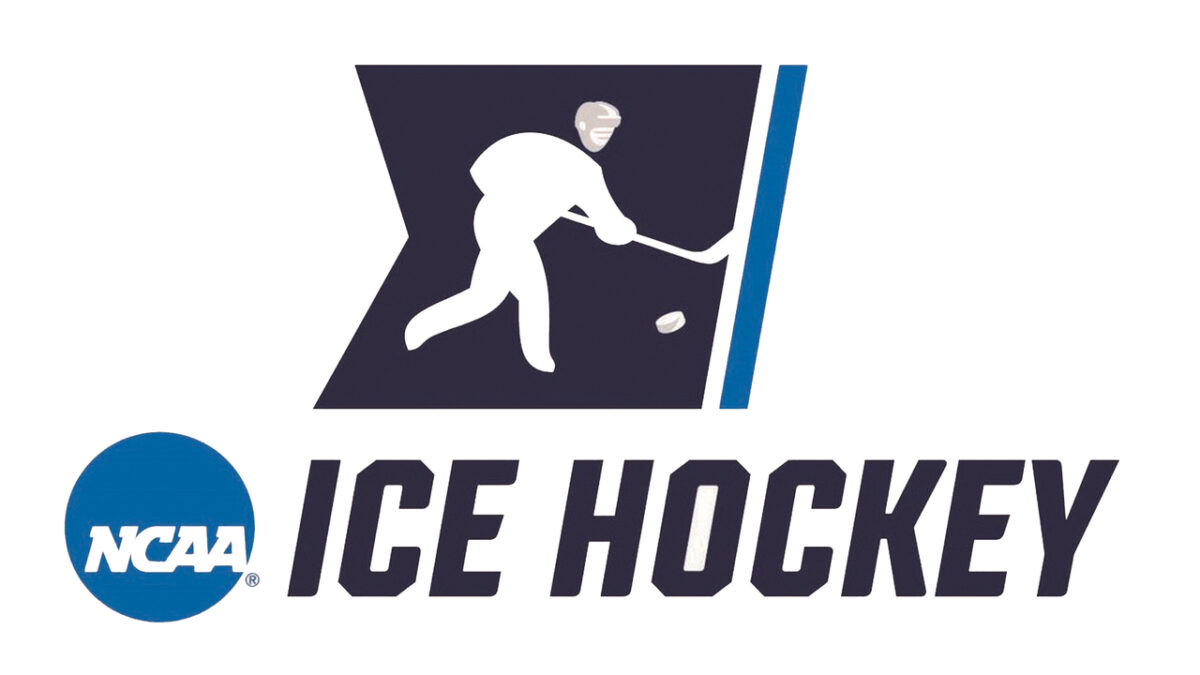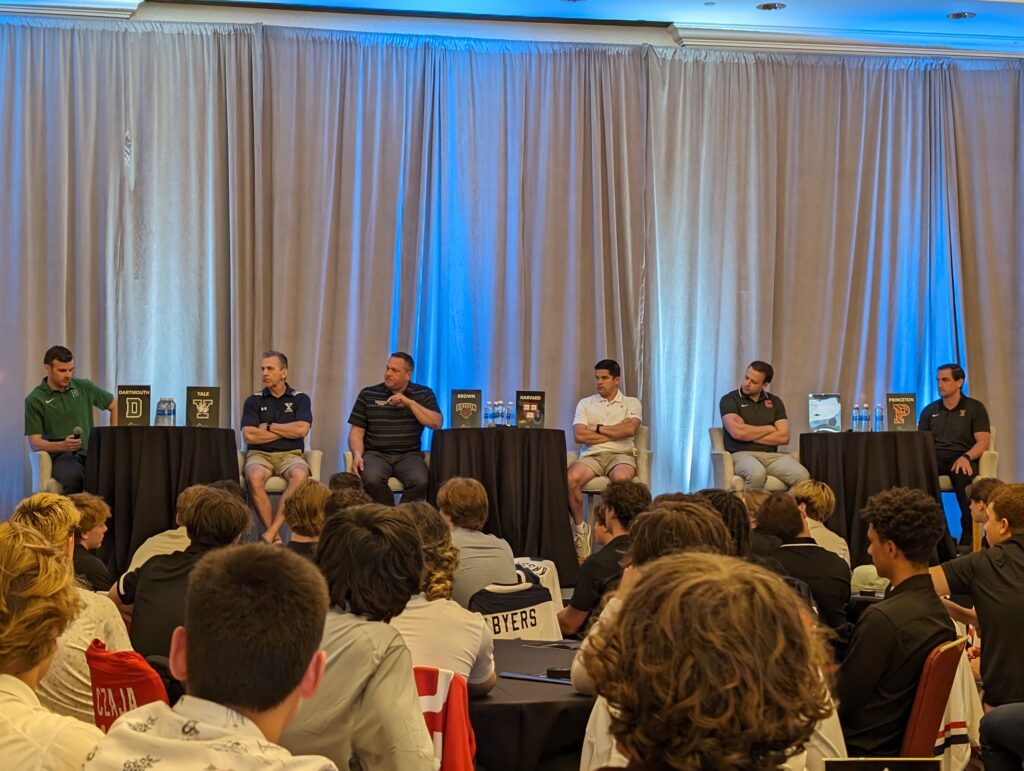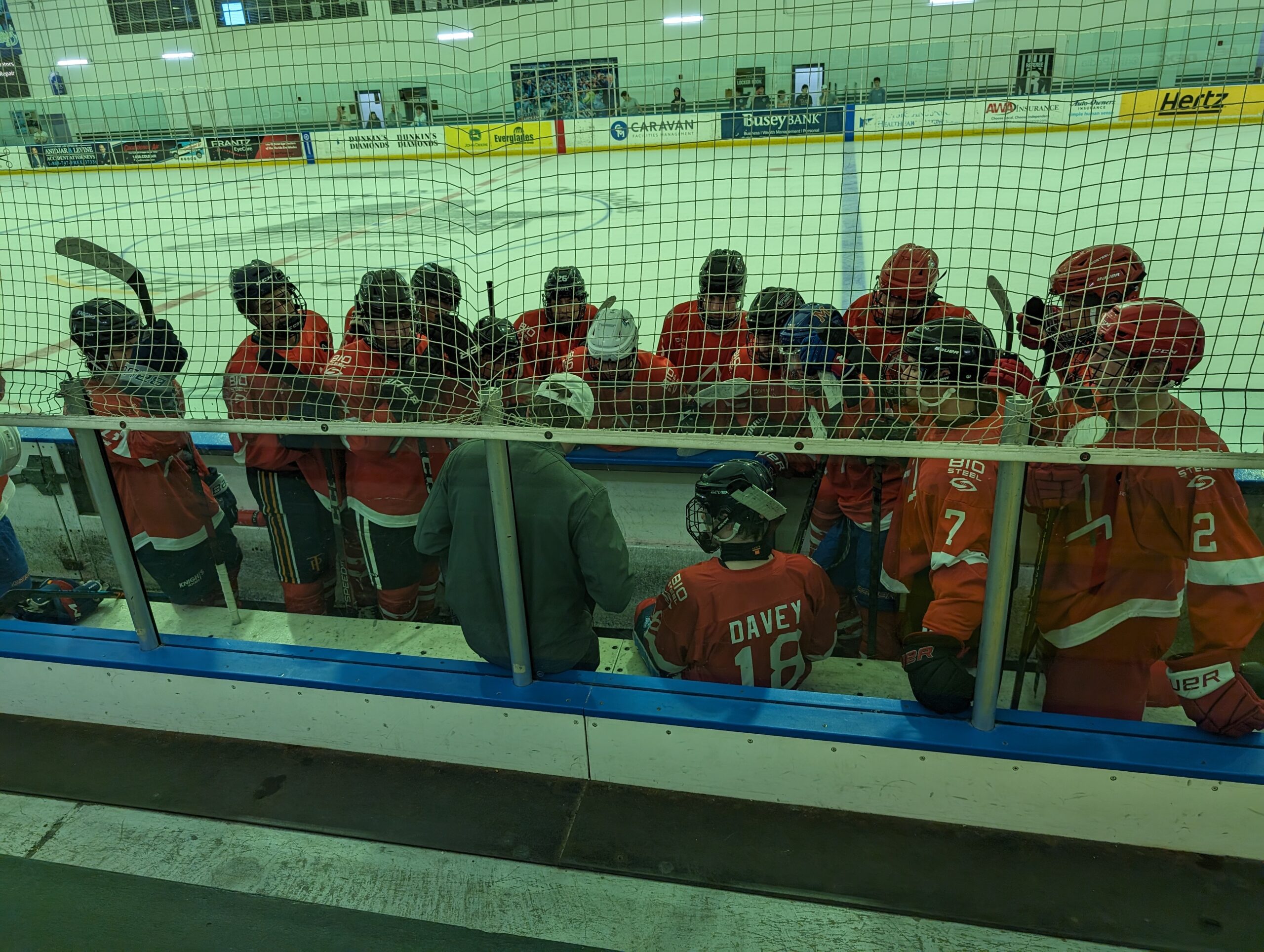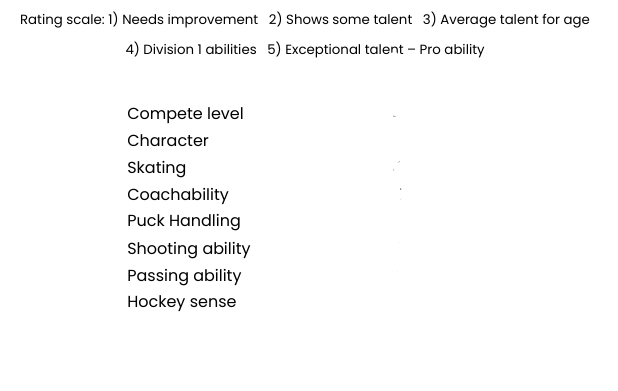
I haven’t written much about my son’s recruiting journey, but now that he is exploring his path to junior and college hockey, I think it’s time to share.
The last time I wrote about him was after he attended his first junior hockey main camp. Now, he is in his senior year of high school, playing 18U AAA hockey, and starting to look at where he will play next year. This includes conversations with junior teams as he navigates his next steps.
The reality is that the new rules allowing CHL players to play in the NCAA next year are already impacting players like my son. I don’t claim to have a deep understanding of all the nuances of the CHL, USHL, BCHL, NAHL, or NCDC leagues. However, I wanted to share a few observations based on what I’ve seen and heard:

- Top CHL players will start playing NCAA hockey next year.
Beyond the CHL players who have already announced commitments to DI programs, I’ve heard of others planning to join top schools. These players may benefit from additional development time before signing professional contracts. - BCHL and U.S.-based players are shifting to the CHL.
Many BCHL and American players, who might have traditionally played in the NAHL or USHL, are now looking to move to the CHL (OHL, WHL, or QMJHL). With eligibility no longer a concern, talented players are exploring this path as a viable option. - Junior leagues are redefining their roles.
Every junior league, especially the BCHL, will need to reconfigure its value proposition as a development league. Players now have more options for paths to college hockey or professional opportunities, which could shift the dynamics across leagues. - Recruiting cycles are delayed.
The ripple effects of these changes are already evident in the recruiting timelines. Decisions on tenders for next season appear slower than in previous years. As NCAA teams finalize their 2025/26 rosters, this will influence CHL and USHL recruiting strategies, eventually trickling down to other junior leagues.
As a parent going through the junior hockey process for the first time, patience seems to be a necessity. The landscape is shifting, and the impact of these changes will likely take time to unfold fully.

